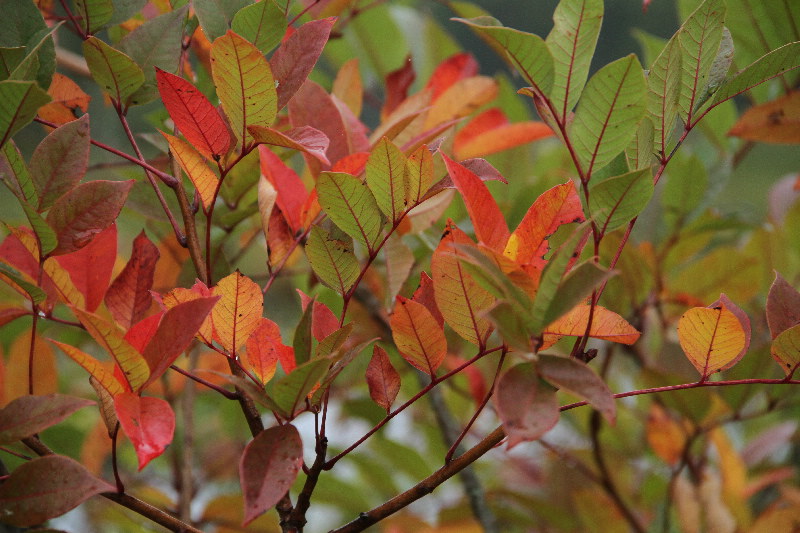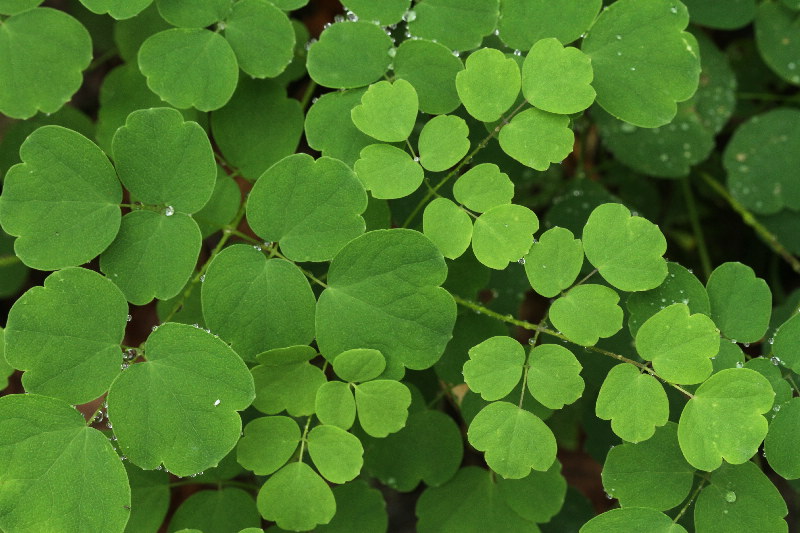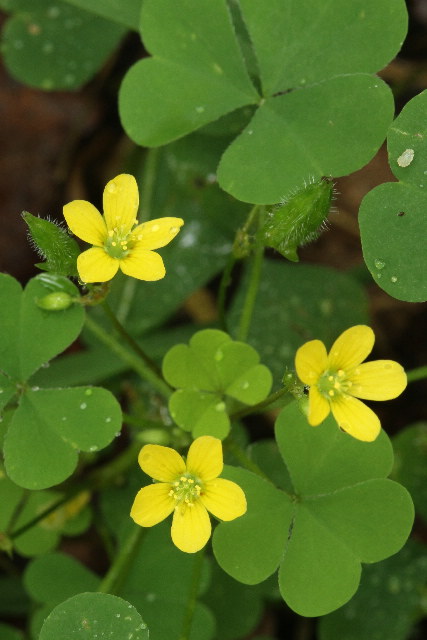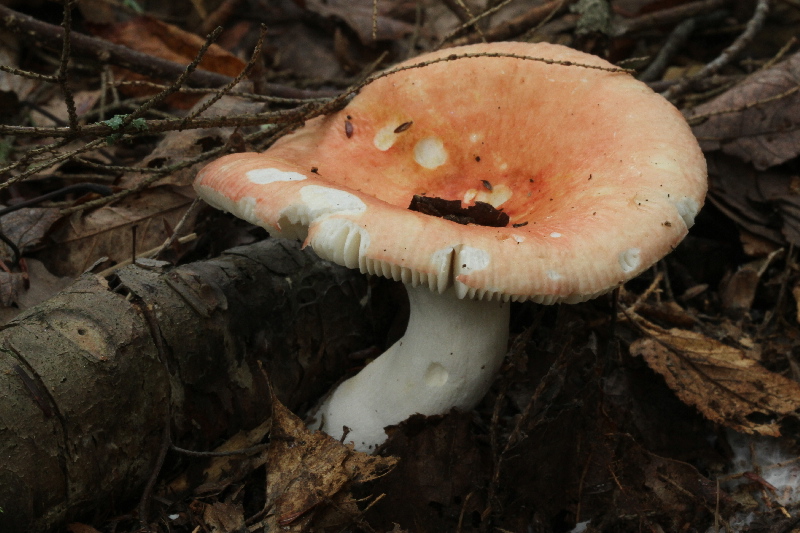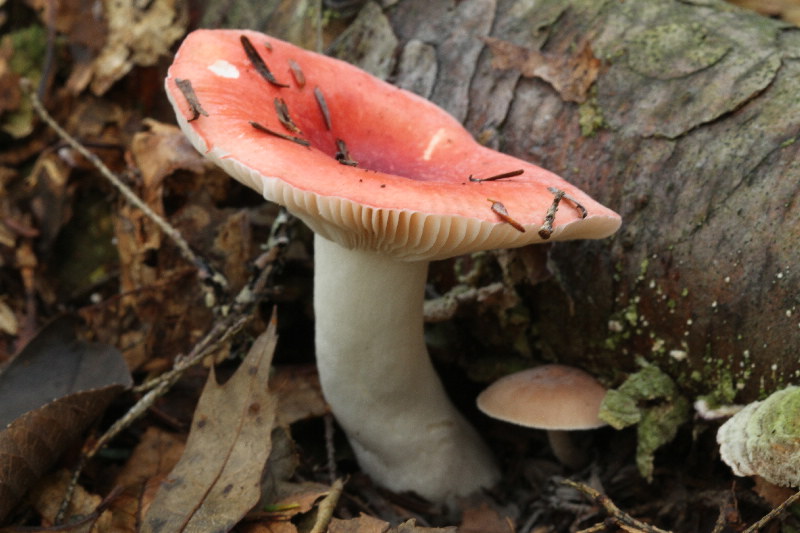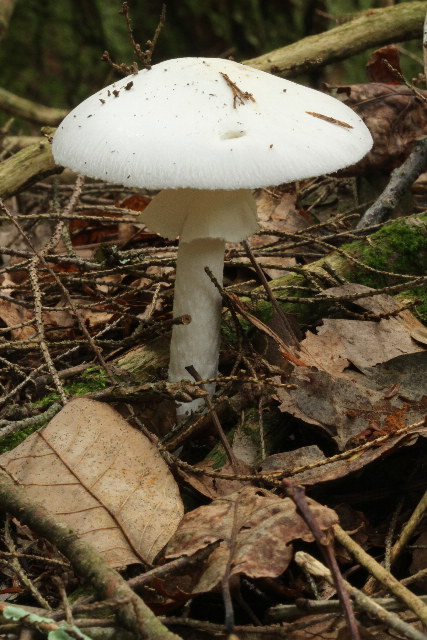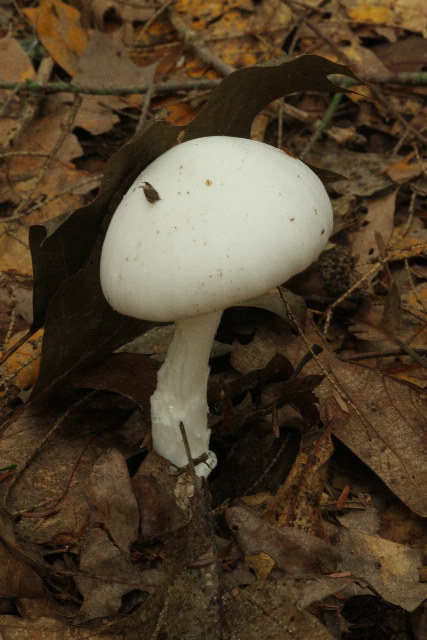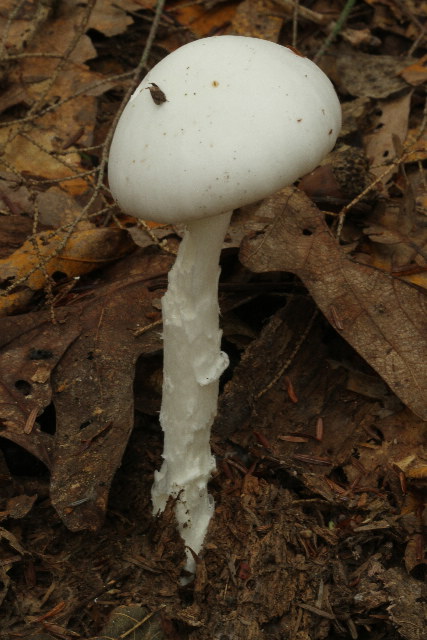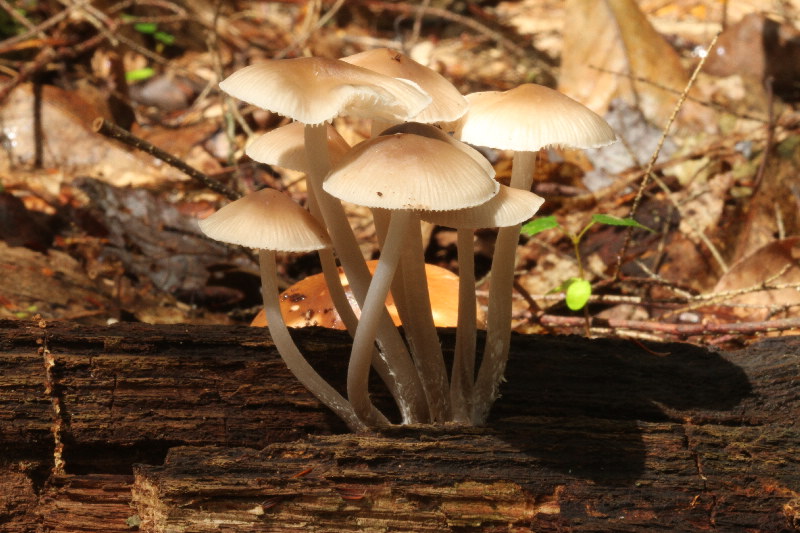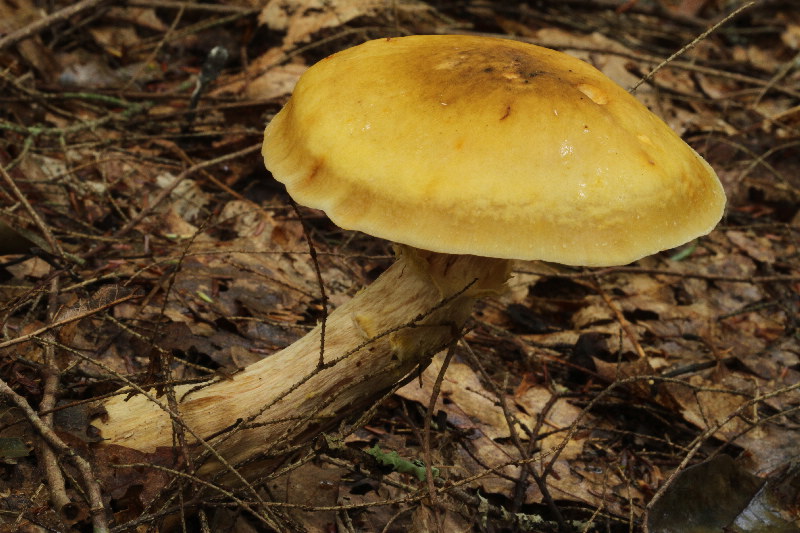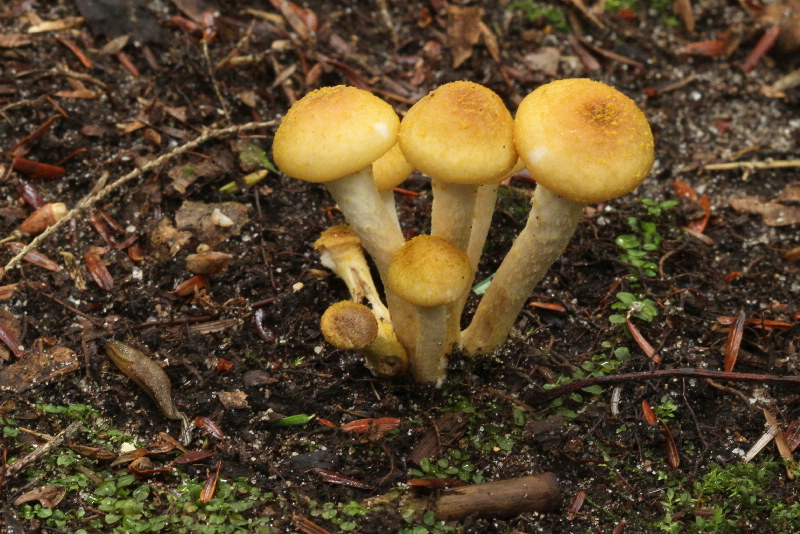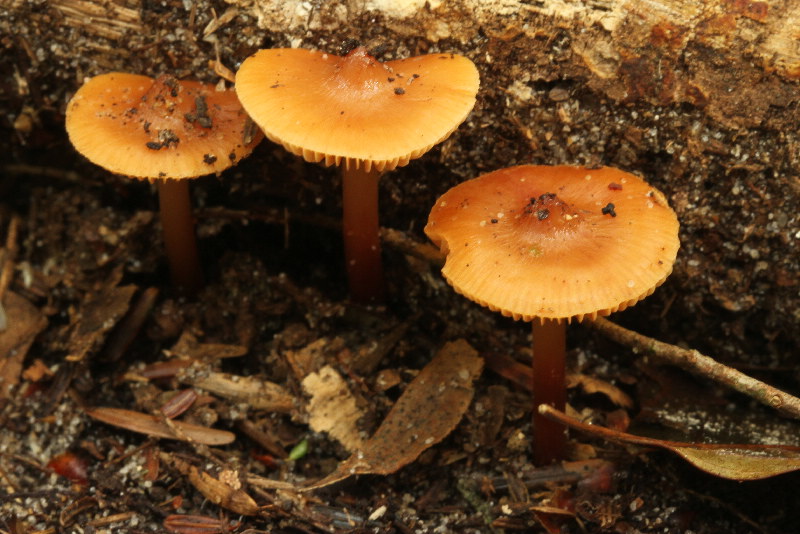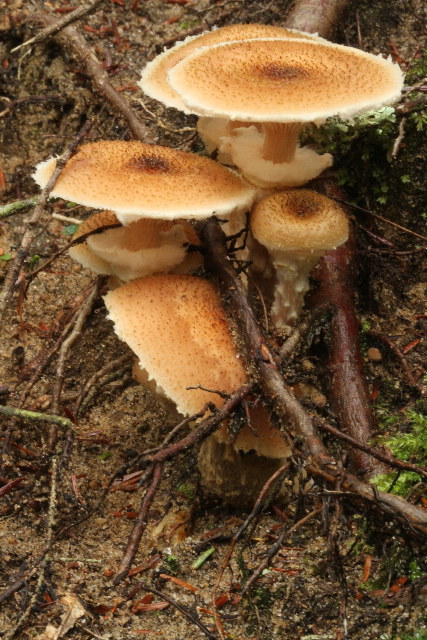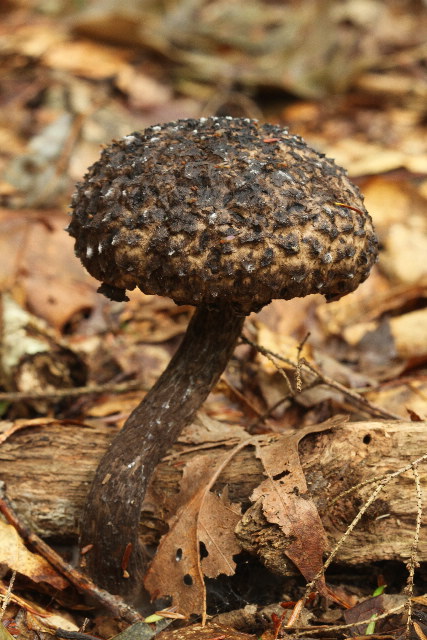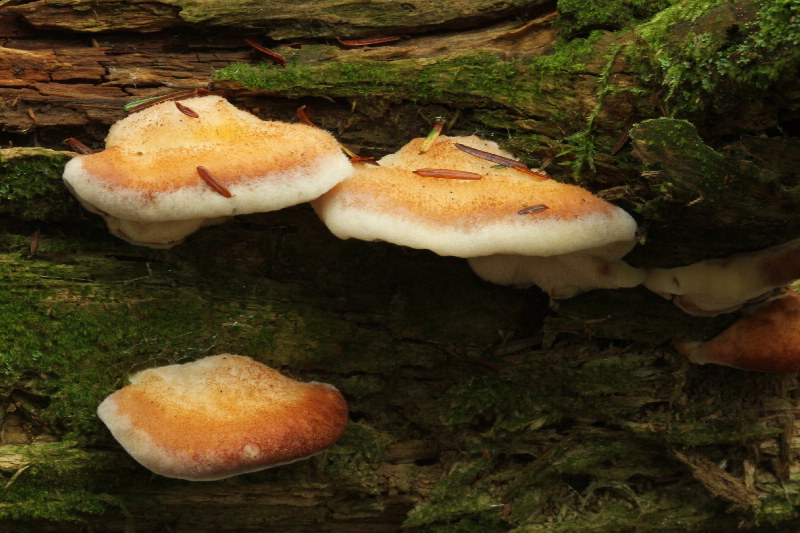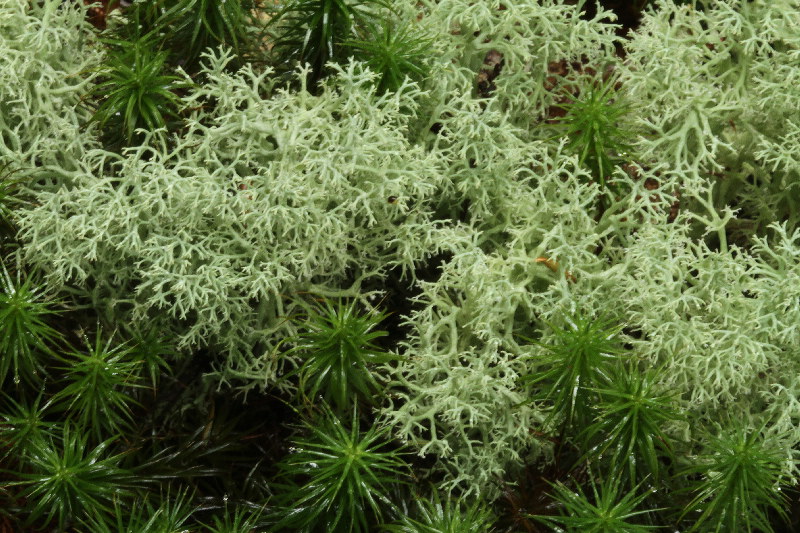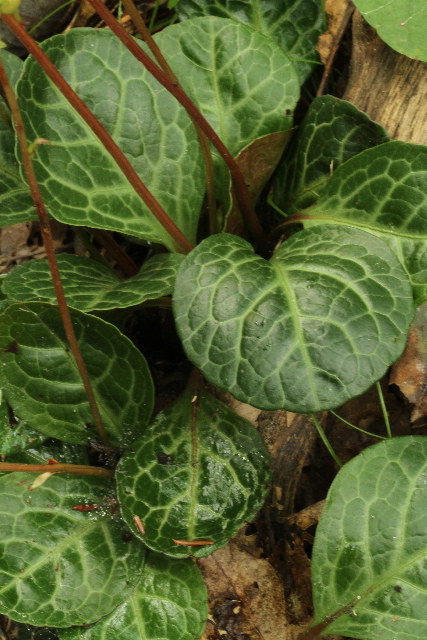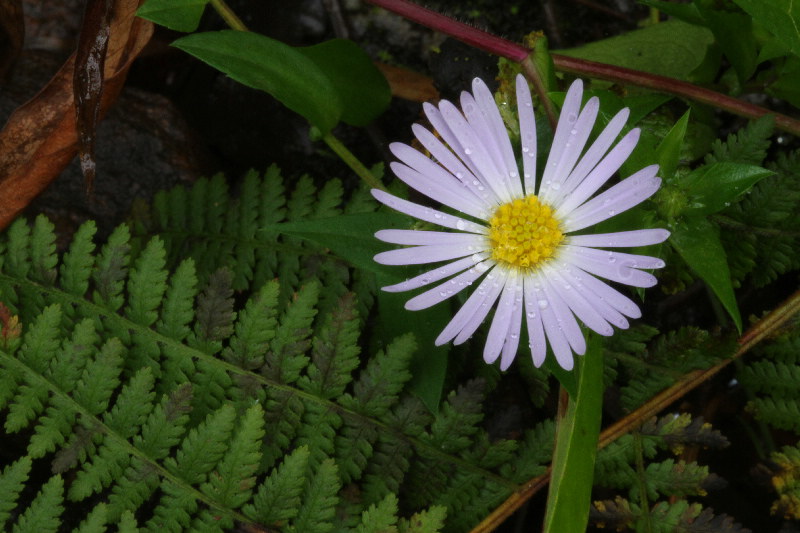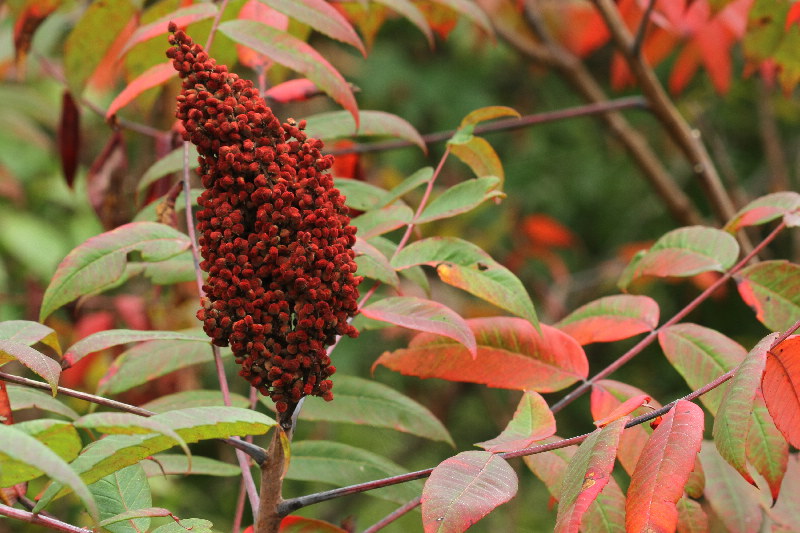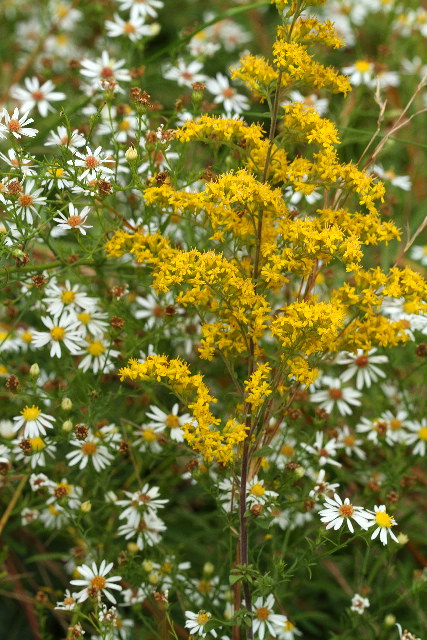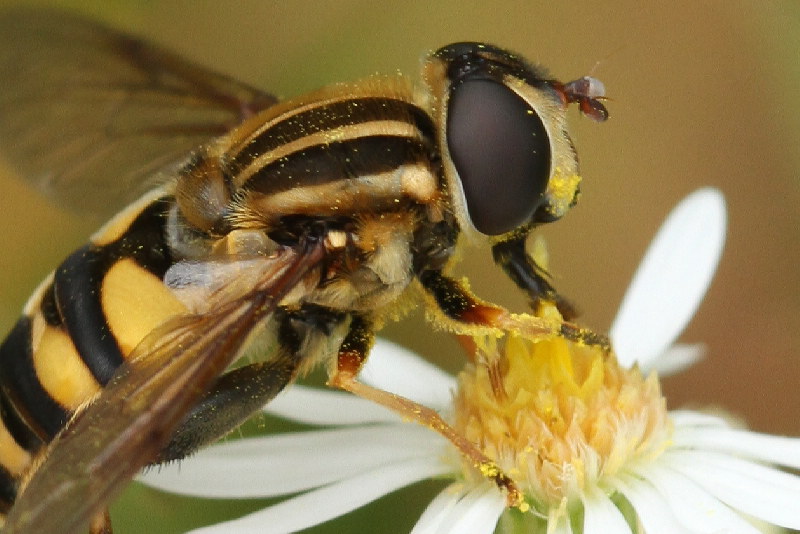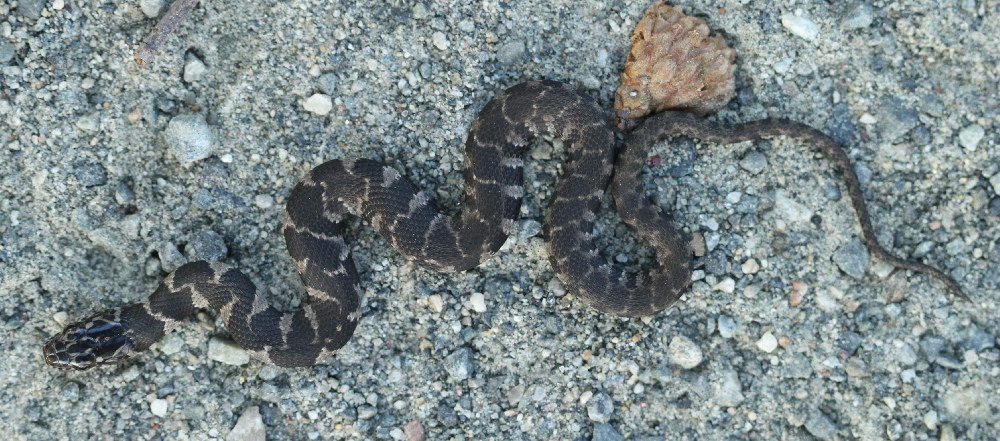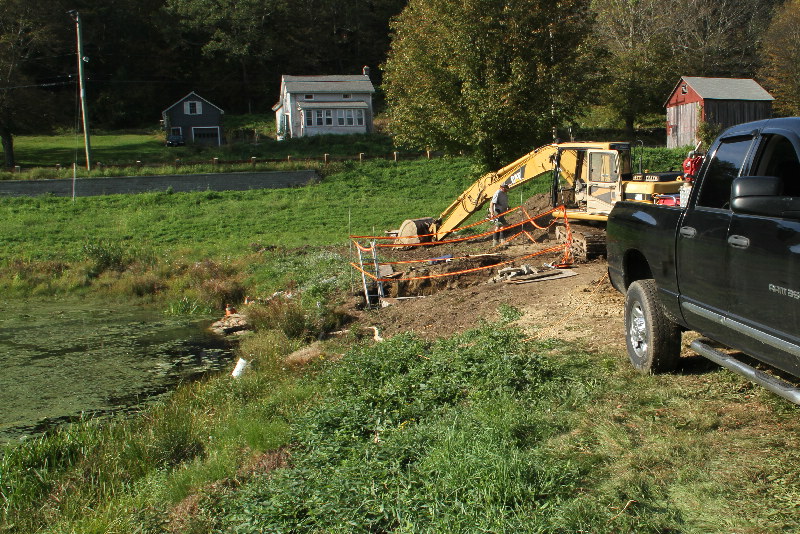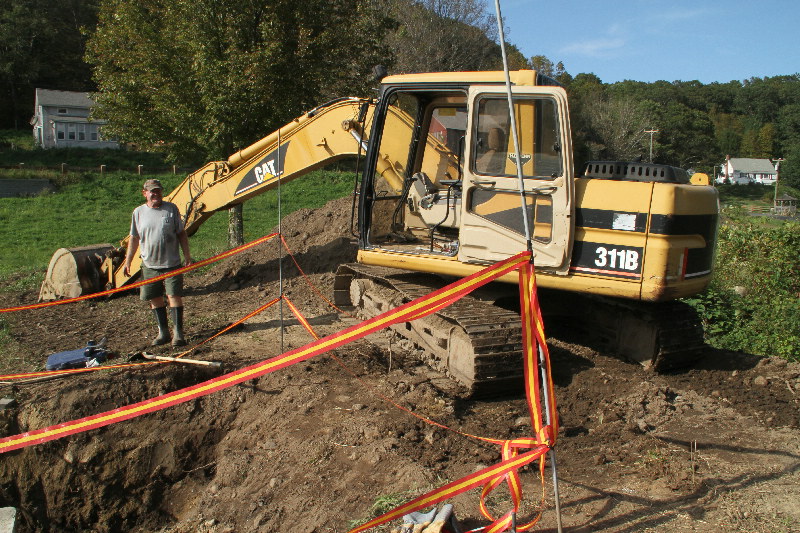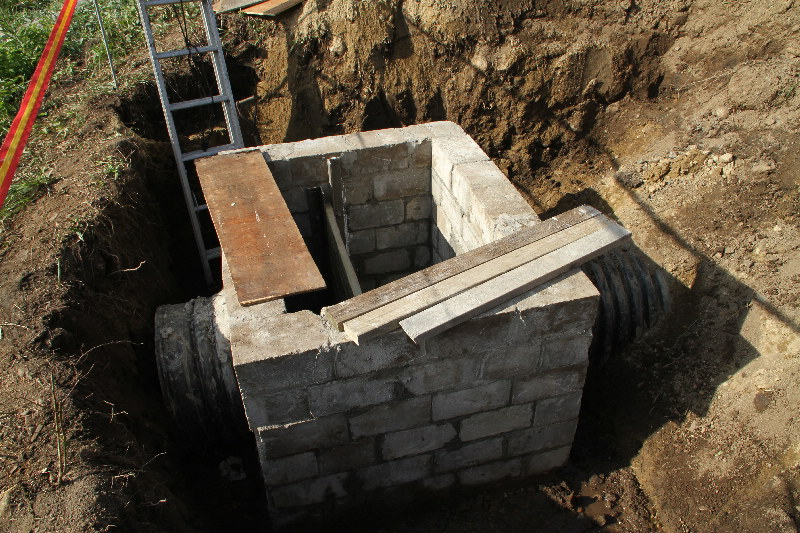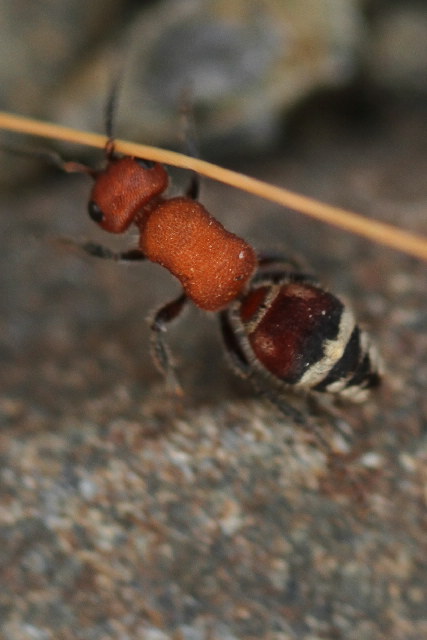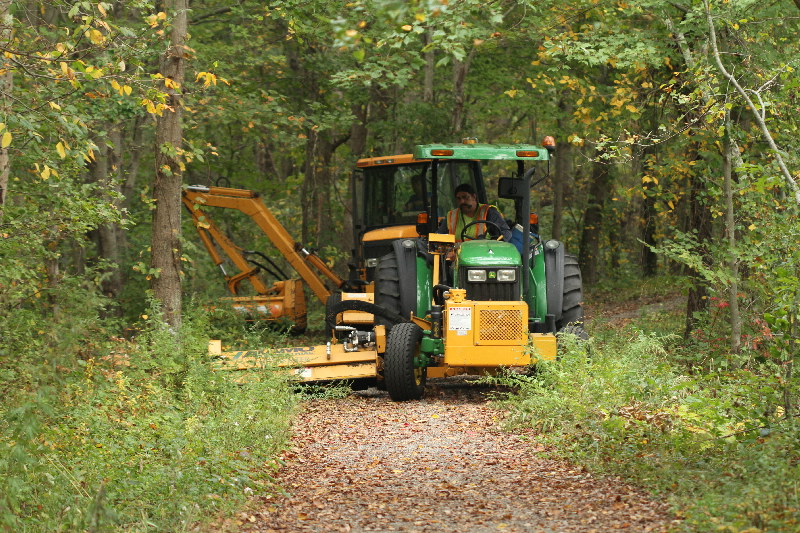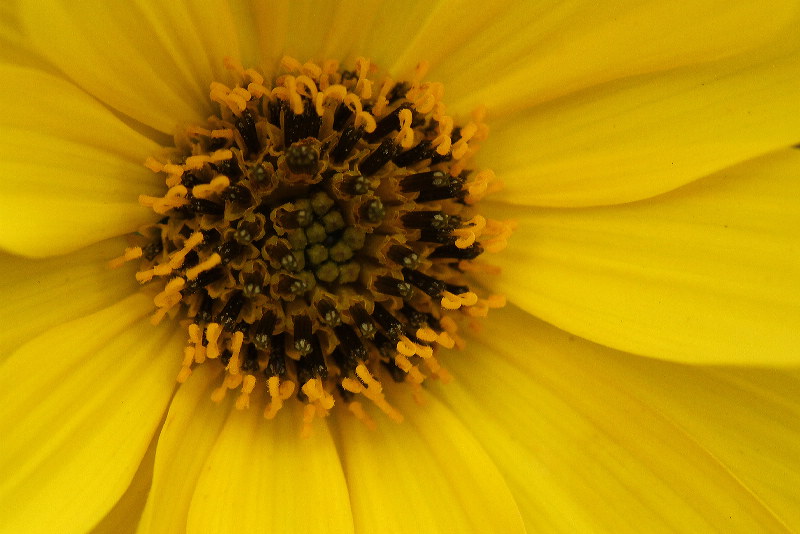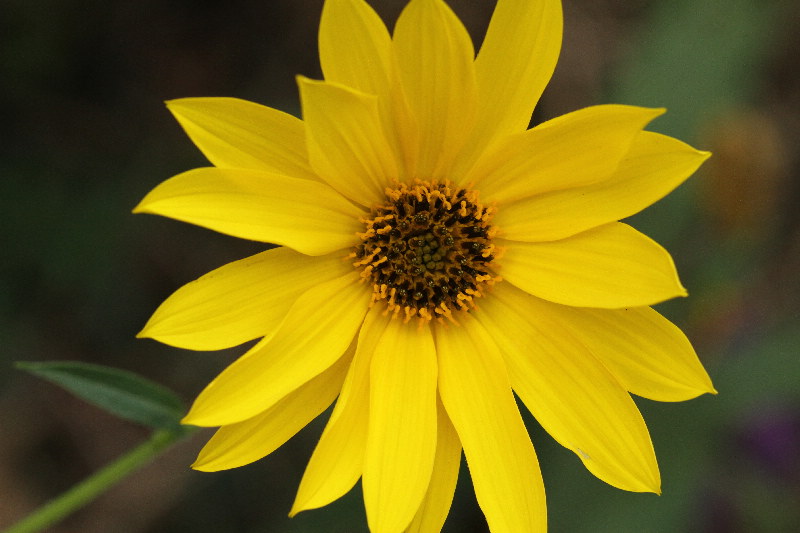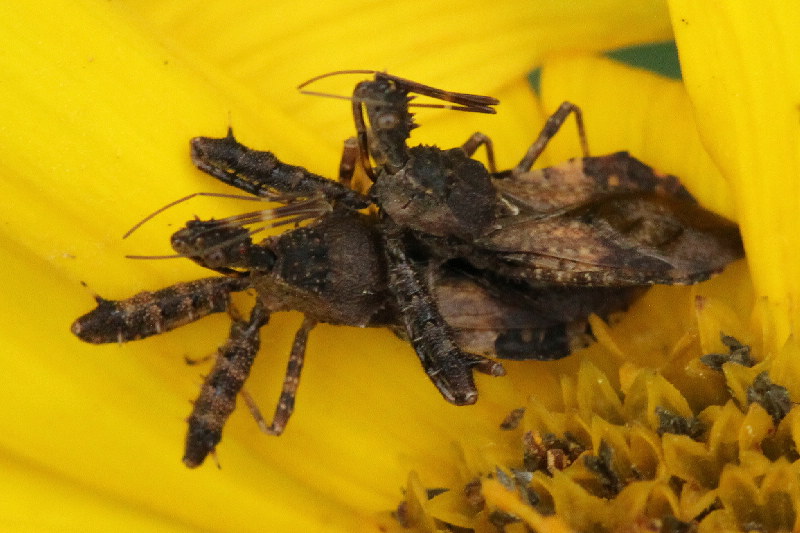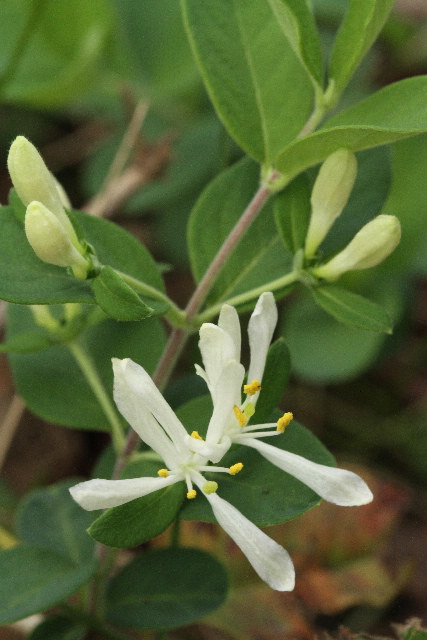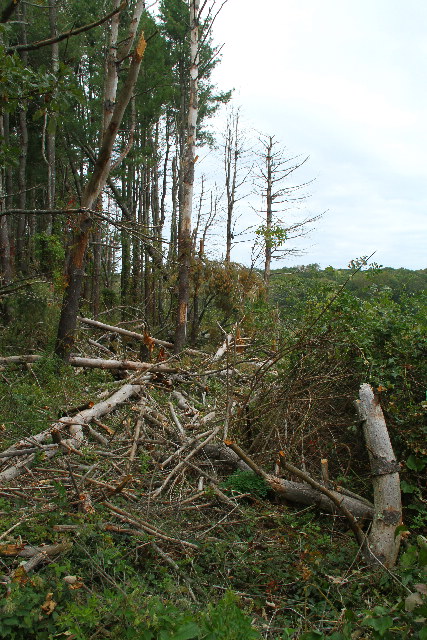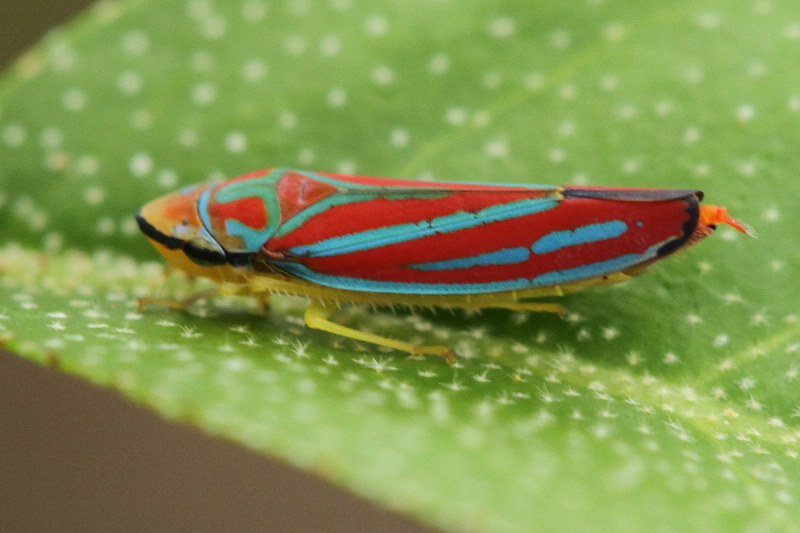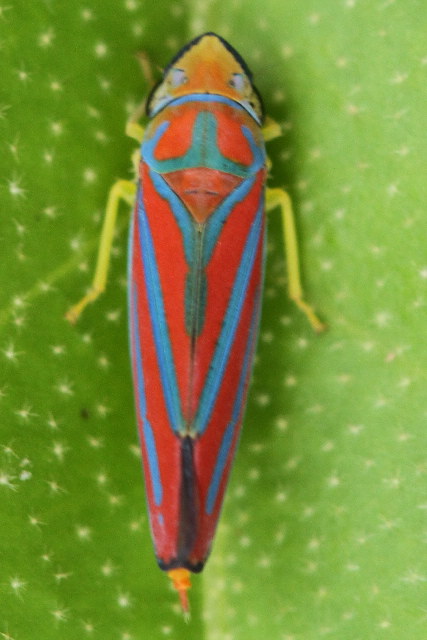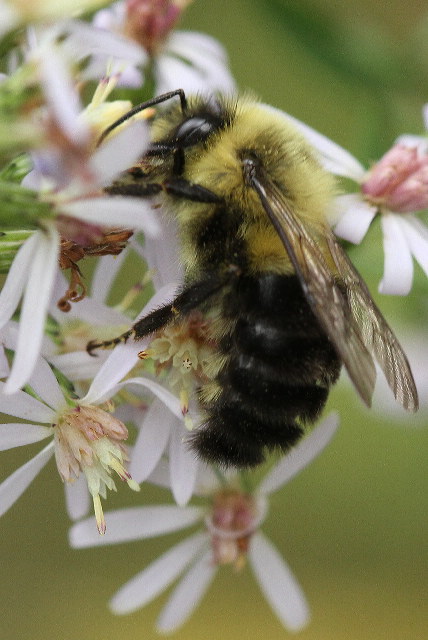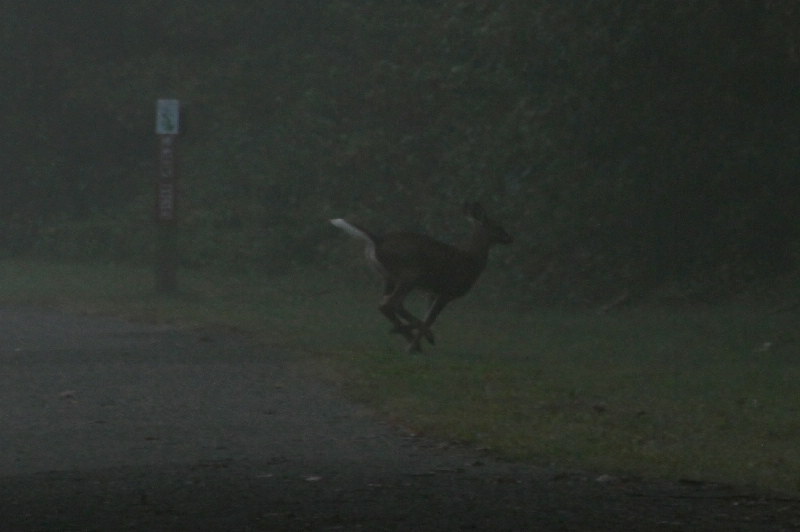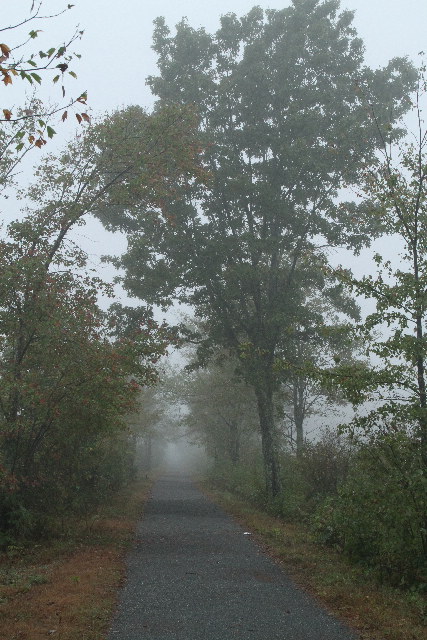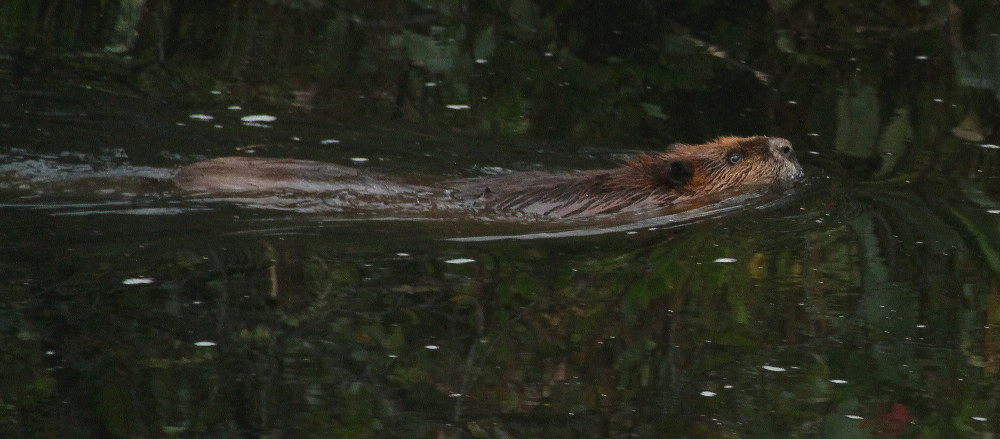Along the Air Line... 2011 - Fall, Part 1 The Air Line Trail in Eastern Connecticut - Stan Malcolm Photos |
mHome Page Stan's FlickR Albums |
September 22nd. A dark morning following showers, but with color contributed by Sumac (Rhus sp.). |
An afternoon walk from Old Hartford Road (near Route 2) east to Judd Brook. Meadow-Rue (Thalictrum sp.). |
Wood-sorrel (Oxalis sp.). |
I took a side path that followed the Jeremy River upstream to the junction with Judd Brook. The dark woods sported many mushrooms, and even more mosquitoes. This looks like Russula sp. |
Another Russula. |
Thanks to Terry Stoleson of the Connecticut Valley Mycological Society for help with Mushroom identifications on this page. Her IDs and comments are presented below in Bold. Amanita virosa/bisporigera, the Destroying Angel. |
Another Amanita virosa/bisporigera, the Destroying Angel. |
|
Mycena sp., perhaps M. galericulata. |
Armillaria mellea, aka Honeys |
Armillaria mellea, aka Honeys |
I'm stumped. I would have to see it up close. |
Armillaria ostoyae (I think) the latest fruiting species of Honey mushrooms. |
An old specimen of Old Man of the Woods (Strobilomyces floccopus). Strobilomyces sp., correct. |
This looks like one of the Tyromyces, perhaps T. fragilis. |
Back on the main trail. Reindeer "Moss" Lichen (Cladina rangifera) and Haircap Moss (Polytrichum juniperum). |
Shinleaf (Pyrola elliptica). |
Probably New York Aster (Symphyotrichum novi-belgii). |
Sumac (Rhus sp.). After a hard frost, the berries can be diffused into a tea. |
Asters and Goldenrod make a nice natural bouquet. |
This common Syrphid Flower Fly is a good bee mimic. |
|
|
September 26th. Northern Dekay's Brown Snake (Storeria dekayi dekayi). Roughly 7" long; cute for a snake. |
Not happy to be urged towards the edge of the trail away from feet and bicycle wheels. |
|
A pair of Canade Geese (Branta canadensis) stopping for the night. Let's hope the waterfowl hunters aren't out tomorrow. |
September 27th. A quick stop at East Hampton's Cranberry Bog revealed work being done to repair the outflow baffle that regulates water level. |
The work is being done by the property owner, Kevin Keily. That's him standing beside his digger. Kevin wanted me to say how grateful he is for materials donated by the town (and others?) and for volunteer labor on the weekends by town crew members (and perhaps others as well). We all owe Kevin our gratitude for maintaining the pond for trail users and winter ice skater's pleasure. |
An underwater pipe from the pond will lead into this box structure. Boards in the box can be added or removed to adjust the water level before overflow follows a pipe beyond the dike into a stream. |
Later, a short walk atop Lyman Viaduct revealed this female Velvet Ant (Dasymutilla nigipes). Not an ant at all, this wingless wasp raids the ground nests of other solitary wasps, laying eggs on the wasp larvae in which the Velvet Ant's own larvae will develop. (This was one of 19 photos I took, and the only one not ruined by motion blur. The Velvet Ant was in constant motion, searching for the burrows of other wasps.) |
September 28th. The Colchester Spur gets a much needed mowing. Thanks, guys! |
An ornamental Sunflower variety at the Route 85 trail head. |
Nice to see some flowers still blooming. |
A mated pair of Spined Assassin Bugs (Family Reduviidae; Sinea diadema). Note the expanded, spiny front femurs used in grasping prey, as well as the way their antennae are folded. |
Morrow's Honeysuckle (Lonicera morrowii) that was mowed a month or so ago has been fooled into blooming. |
A quick afternoon stop where the trail crosses the paved portion of River Road in Colchester. Lots of hurricane Irene damage here. |
Red-banded Leafhopper (Graphocephala coccinea). |
|
Bumblebees were working the fall Asters. |
September 29th. The last of three deer crossing near the Route 85 trail head on a dreary, foggy morning. |
Minimal visibility in the marsh section of the trail. |
The first Beaver (Castor canadensis) I've seen in awhile, though there have been signs of them crossing the trail regularly. |
Note the high placement of ears, eyes, and nose on a Beaver's head, the better to keep them above water when on the surface. |
